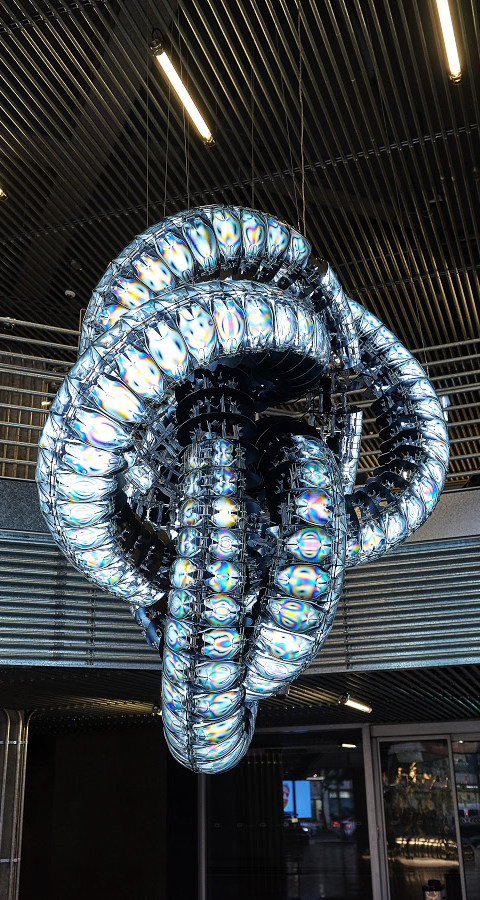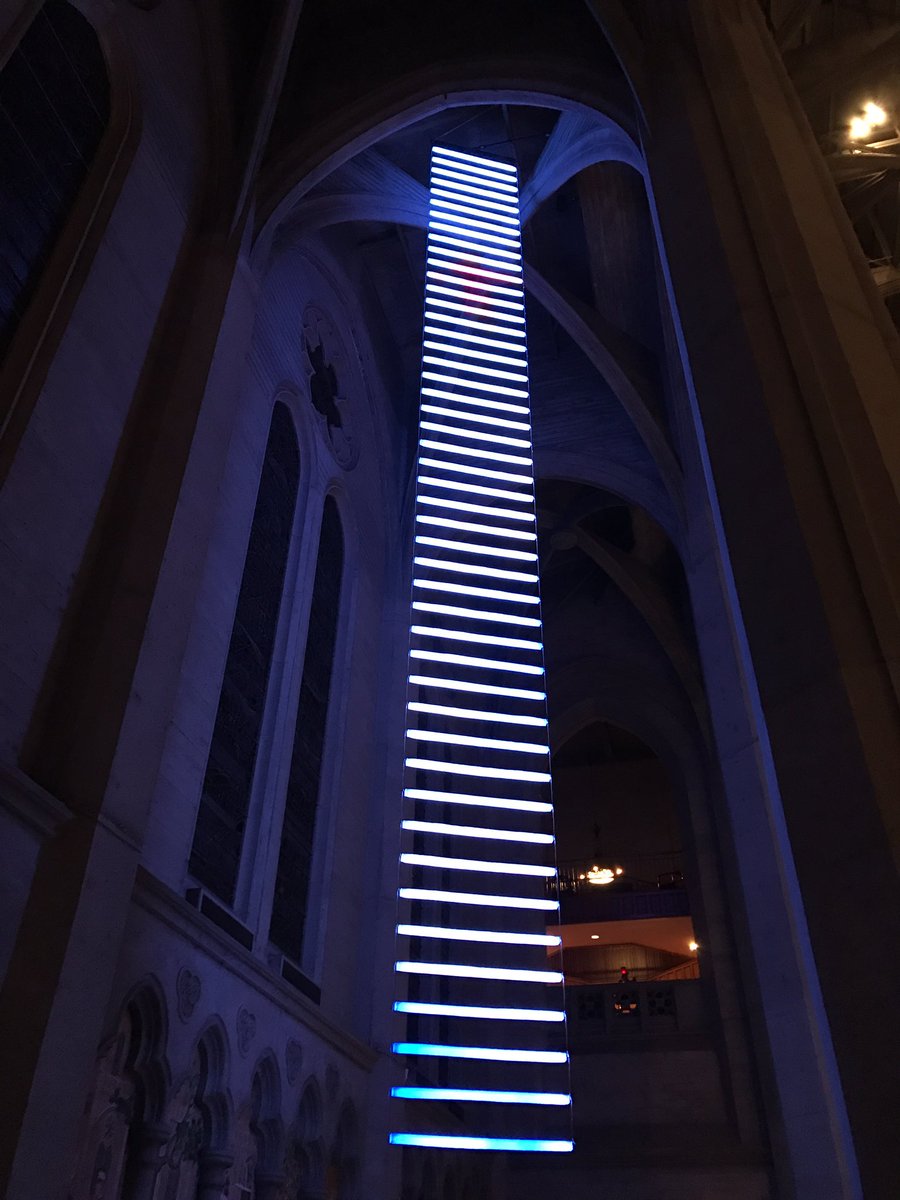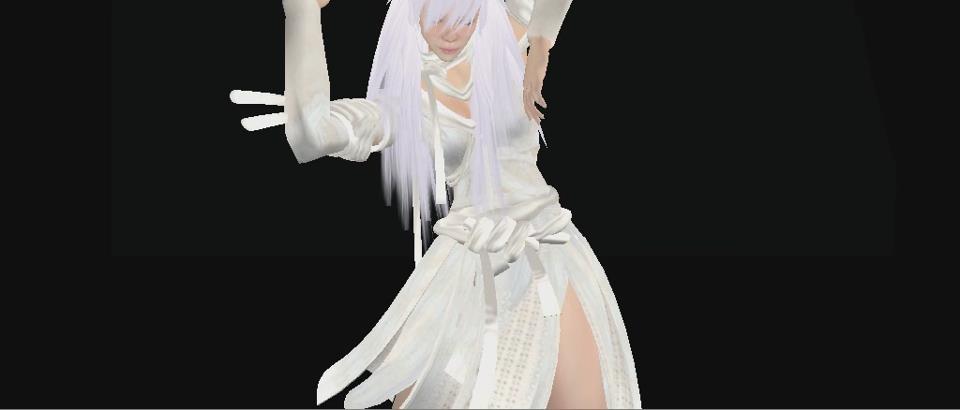雷蒙格诺
レイモン·クノー
רמונד קנה
Раймонд Кено
OULIPO
Cent mille Milliards de poèmes
Since its arrival (the Oulipo), the rules of the group were set out as follows: “We define potential literature as the search for new forms and structures that can be used by writers in the way they will most like.” “Potential” refers to something that exists in power in literature, that is, that is found within language and that has not necessarily been explored. The favorite tool for study and production is the contrainte, an arbitrary formal restriction that can create new procedures, new forms and literary structures that can generate poems, novels, texts. Over the years, dozens of different contraintes have been explored, from those somehow related to the riddle, such as the palindrome, the acrostic, the lipogram, of which the playful aspect has certainly not been underestimated, with forms more directly related to the codes of exact sciences, such as combinatorial calculus, set theory or graph theory. Among the numerous definitions of the Oulipo provided by the members themselves, one is very elegant and significant: “An Oulipiano is a mouse that builds the labyrinth from which it is proposed to come out later”. Queneau often explained that some of his works might seem simple pastimes, simple jeux d’esprit (mind games), but he remembered that topology or number theory also arose, at least in part, from what was once called “funny mathematics“.











